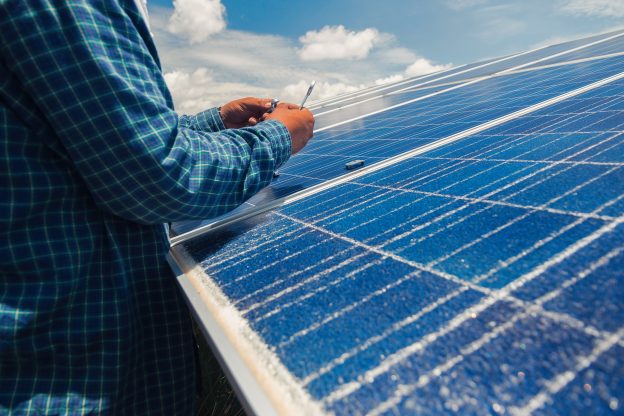India's Ministry of Finance on Aug. 13 withheld its plan to impose a safeguard tariff of 25% on PV cells (whether assembled into modules) for the first year, due to the country’s strong domestic opposition following its announcement on July 30th.
The action is based on a provisional injunction issued by the Hon'ble High Court of Orissa, according to document F. No. 354/2018 –TRI (Pt) released by the Department of Revenue Tax Research Unit under the MOF. The notification suggested that “it has been decided not to insist on payment of safeguard duty.”
Influence
As remarked earlier by EnergyTrend, the proposed 25% safeguard tariff from India will not block the influx of China’s low-cost PV cells or modules. Instead, it will gradually boost the costs of PV power plant developers, which will in turn dampen India's domestic demands without contributing to its domestic manufacturing capacities.
In early August, following the announcement by the Uttar Pradesh state to suspend its tender for 1 GW PV projects on July 31st, the SECI announced that it would abort 2.4 GW of the 3 GW capacities settled via auctions, and leave only 600 MW of capacity that had been secured by ACME Solar. The two canceled biddings are attributed to the projects’ “overly low” price levels. While the role of the planned 25% tariff in the two cases is uncertain, it is believed that the tariff would inevitably impact the market. EnergyTrend had forecasted that it would cut demands by around 8.5-9.6 GW in 2018.
With the withholding of the safeguard tariff, India’s imports and exports will stabilize and excess capacities will regain outlets abroad, which will further drive down prices on the Indian market. Demands in the second half might surpass 5 GW, boosting the whole-year level to around 10 GW, depending the actual imports’ status in Q3.
| Figure: Volume of Chinese export to India and India's grid-collection volume |
 |
Given the general uncertainties surrounding India’s policies and the continuous suspension and revocation of auctioned projects, it remains to be seen whether the demands in India can continue to expand steadily to enable the achievement of the country’s 100 GW target by 2022. With the alleviation of the trade barrier problem in India, the major remaining variable is whether Europe's MIP will expire on Sept. 3, as scheduled. If it does expire, a new wave of global price war will ensue.







